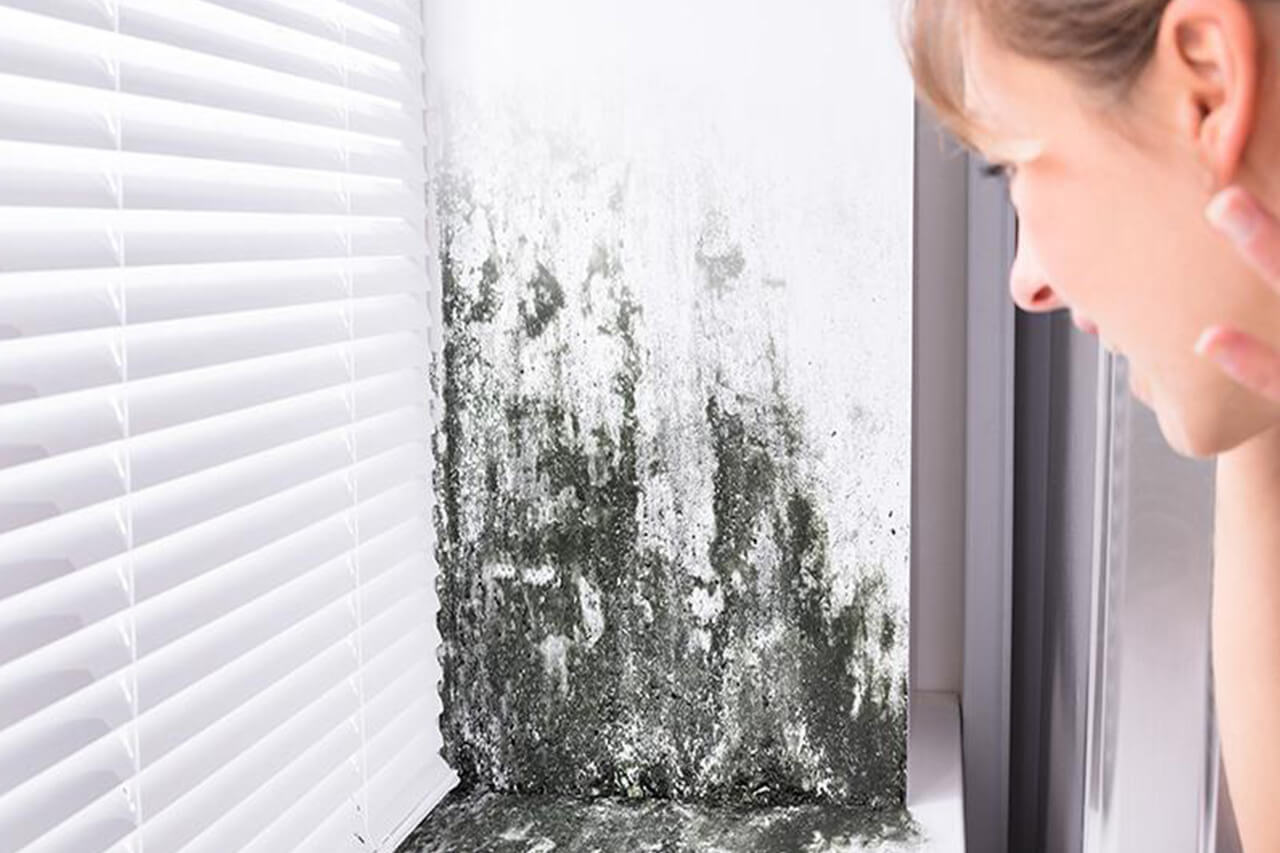
Table of Contents:
- Understanding Mold and Its Effects
- Why Mold Prevention is Essential
- Identify Common Mold-Prone Areas
- Effective Mold Prevention Tips
- DIY Mold Removal vs. Professional Services
- Monitoring and Maintenance
- How Weather Affects Mold Growth
- When to Seek Professional Help
Understanding Mold and Its Effects
Mold is a fungus that thrives in damp environments, feeding off organic materials like wood and drywall. It can exist indoors and outdoors, but it often becomes problematic in homes with high moisture levels. Mold can spread quickly by releasing spores into the air, contaminating multiple areas. According to the EPA, mold exposure can lead to various adverse health effects, including respiratory problems, skin irritations, and allergic reactions. While several entities like the Denver Restoration Companies can provide professional assistance, understanding the nature of mold and its potential impacts is the critical first step in effectively combating it.
Why Mold Prevention is Essential
Preventing mold growth is crucial for both the structural integrity of your home and the health of its inhabitants. When left unchecked, mold can weaken walls, ceilings, and floors, leading to costly repairs. Additionally, prolonged exposure to mold spores can result in serious health issues, particularly for individuals with asthma, allergies, or weakened immune systems. The Centers for Disease Control and Prevention (CDC) emphasizes the importance of mold prevention, highlighting that it can significantly reduce the risk of respiratory issues and other mold-related health problems.
Identify Common Mold-Prone Areas
Mold tends to grow in areas where there is consistent moisture. Common mold-prone areas in homes include bathrooms, basements, kitchens, and areas around windows. Bathrooms are particularly susceptible due to the frequent use of water and high humidity levels. Basements can be damp due to poor ventilation and potential leaks. Kitchens often have multiple water sources contributing to mold growth, while windows can accumulate condensation, especially in colder climates. Identifying the areas where mold is most likely to grow will enable you to take preventative action. You may help avoid any possible mold problems by doing routine checks of these areas.
Effective Mold Prevention Tips
To effectively prevent mold growth, there are several key strategies you can implement:
- Control Humidity Levels: Keep indoor humidity levels below 50% using air conditioners or dehumidifiers. Moisture in the air is a primary factor in mold growth, so controlling humidity is essential.
- Ensure Proper Ventilation: Use exhaust fans in bathrooms and kitchens to reduce moisture and improve air circulation. Proper ventilation helps minimize the damp conditions, which is ideal for mold growth.
- Fix Leaks Promptly: Address leaks in the roof, walls, or plumbing quickly to prevent water accumulation. Even minor leaks can create the perfect environment for mold to thrive.
- Use Mold-Resistant Products: Use mold-resistant drywall or paint in moisture-prone areas. These products inhibit mold growth and can be an effective preventive measure.
- Regular Cleaning: Clean and dry any wet furnishings or building materials within 24-48 hours. Quick action can prevent mold from taking hold and spreading.
DIY Mold Removal vs. Professional Services
Deciding between DIY mold removal and professional services depends on the extent of the mold problem. For minor mold issues, DIY methods can be effective. These might include cleaning small mold patches with soap and water or using a commercial remover. However, wearing protective gear and ensuring proper ventilation during cleaning is crucial to avoid inhaling mold spores.
Severe infestations, on the other hand, require professional intervention. Professional services, such as providing a thorough cleaning and ensuring that all traces of mold are eradicated. Professionals have specialized equipment and expertise to deal with extensive mold infestations, making it the safer and more effective option for serious mold issues.
Monitoring and Maintenance
Continuous monitoring and maintenance are crucial in preventing mold growth. Regularly check your home for signs of dampness, water damage, or mold, particularly in common mold-prone areas. Address any issues immediately to prevent mold from developing and spreading. Keeping your home well-ventilated and using moisture-absorbing products like silica gel packets or activated charcoal can help maintain a dry environment.
Mold growth can be further decreased by performing routine maintenance chores around your house, such as clearing out gutters, fixing roof leaks, and ensuring adequate drainage. By being vigilant and taking quick action when necessary, you can preserve a mold-free environment in your house.
How Weather Affects Mold Growth
Mold growth is significantly influenced by weather conditions. The ideal conditions for mold growth include high humidity and moisture. During rainy seasons, ensure your home is protected from leaks and has proper drainage systems. Examine the outside of your house and fix any holes or flaws that can let water seep inside.
Condensation can become a problem in colder climates, particularly around windows and in poorly insulated areas. To combat this, ensure that your home is well-insulated and consider using double-glazed windows to reduce condensation. Keeping an eye on the weather and adjusting your home maintenance routine accordingly can help prevent mold issues year-round.
When to Seek Professional Help
Seeking professional help for severe mold infestations is recommended due to their specialized equipment and expertise in identifying and addressing underlying causes like hidden leaks or inadequate ventilation.
It’s essential not to delay professional intervention as prolonged mold exposure can cause adverse health effects. Early detection and swift action are crucial in tackling mold problems effectively. Enlisting professional help ensures thorough cleaning of your home, addresses potential mold issues, and provides a safe, healthy living environment for you and your family.

